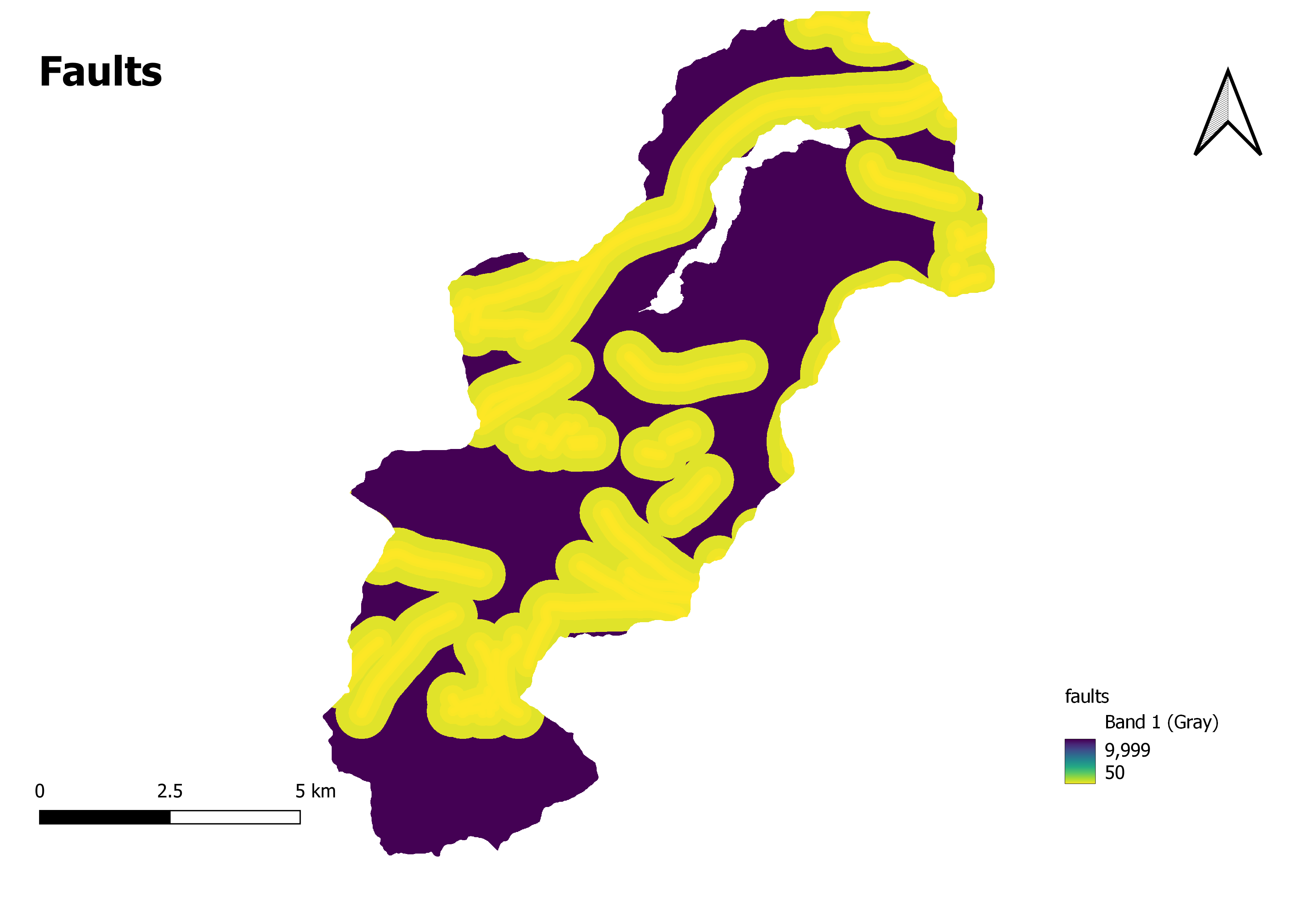
Faults Exploratory data analysis
Faults are fractures or zones of discontinuity in the Earth's crust where rocks on either side have moved relative to each other.
They occur due to tectonic forces and are an essential component of plate tectonics, the theory that explains the movement and deformation of the Earth's lithosphere.Faults can vary in size, shape, and orientation. They can be classified into different types based on the nature of movement along the fault plane. Some common types of faults include.
Normal Fault: In a normal fault, the hanging wall (the block of rock above the fault plane) moves downward relative to the footwall (the block below the fault plane). This fault is associated with tensional forces and is commonly observed in areas undergoing extension or stretching.
Reverse Fault: In a reverse fault, the hanging wall moves upward relative to the footwall. Compressional forces cause it, typically found in regions undergoing compression or shortening.
Strike-Slip Fault: In a strike-slip fault, the movement along the fault plane is primarily horizontal, with the blocks of rock sliding past each other laterally. This fault is associated with shear forces and is often observed along transform plate boundaries.
A faults map, also known as a fault line map or fault map, is a graphical representation that depicts the location, orientation, and characteristics of faults in a specific area. It uses various symbols, lines, or colors to represent the fault traces on the Earth's surface. The map provides a visual understanding of a region's distribution and extent of faults.Fault maps are essential for geologists, geoscientists, and researchers studying the Earth's crust and tectonic processes. They help identify active fault zones, understand an area's geological history, and assess the potential seismic hazards associated with faulting. Fault maps are used in geologic research, land-use planning, and engineering projects to evaluate the stability of rock formations and mitigate the risks associated with fault activity.